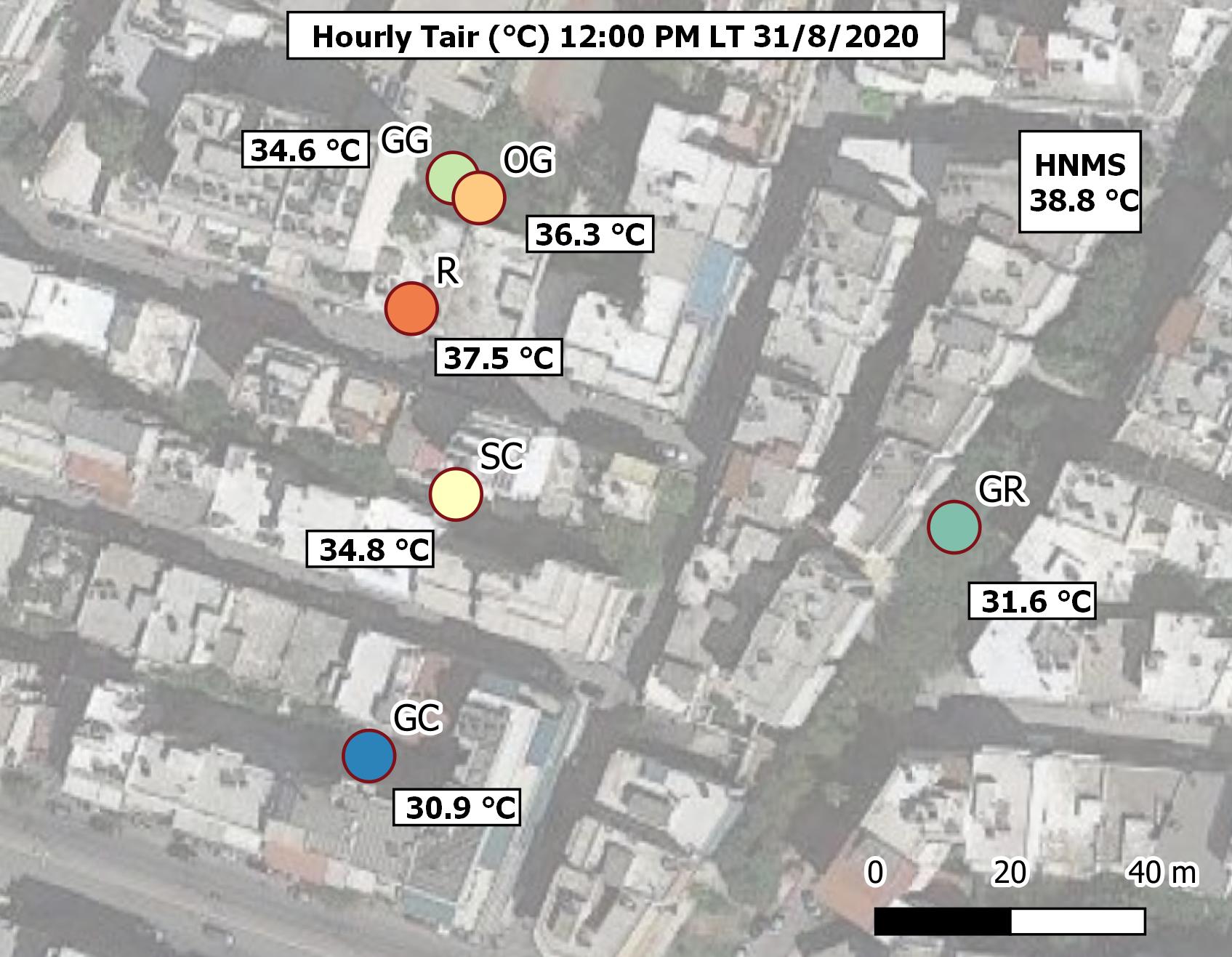
This study is aimed at quantifying the contribution of small urban green spaces to mitigate adverse bioclimatic conditions within the urban environment of Athens during summer and investigate their thermal profile during a warm, a cold and a transitional period. Six green and non-green sites inside a typical urban cluster in the city of Athens were selected and monitored. Descriptive statistics data were calculated and evaluated for air temperature values and air temperature differences measured at a reference site. Statistical analysis was carried out in order to examine potential statistically significant differences. Results showed that vegetated sites showed a stronger cool island pattern compared to non-vegetated open spaces during the warm period whereas the effect is minimized during the cold period. During the transitional period vegetated and non-vegetated shaded locations was found to present similar heat island patterns.
Total file downloads: 5